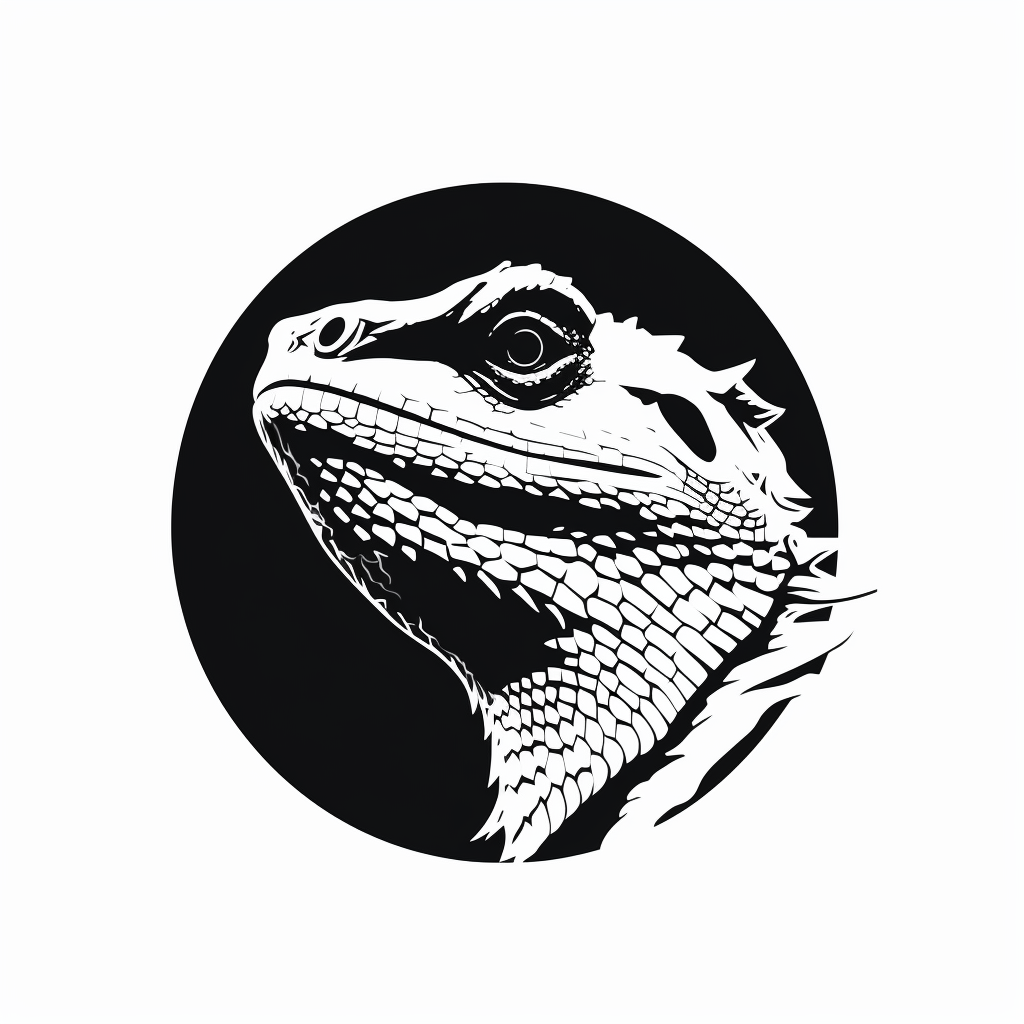The Beautiful Contradiction: Why AI Art Thrives Beyond Copyright's Grasp
Renaissance infographic depicting the essence of this blog post, according to Google Gemini.
The advent of generative AI art has thrown the legal world into a predictable tizzy, particularly concerning copyright. As a fervent advocate for generative AI and a long-standing skeptic of copyright's efficacy, I find the current debate illuminating, if a touch ironic. Many who champion the revolutionary potential of AI-generated visuals, from stunning photorealistic images to groundbreaking short films, simultaneously clamor for legal protections for their creations. This is a fundamental inconsistency we must shed if we truly wish to embrace the liberating power of AI and foster a truly open creative commons.
To be clear, my enthusiasm for generative AI is unbounded. It democratizes creation, empowers individuals, and opens up entirely new avenues for artistic expression. The ability to conjure intricate visuals from a few textual prompts, or to synthesize complex narratives with algorithmic assistance, is nothing short of miraculous. Yet, the very mechanisms that make this possible (the aggregation, analysis, and transformation of vast datasets of existing works) underscore why traditional copyright frameworks are ill-suited, and indeed, counterproductive, to AI art's flourishing.
Consider the foundational premise of copyright: protection for "original works of authorship." This concept, deeply rooted in the 18th-century Enlightenment ideal of individual genius, struggles to accommodate the distributed, emergent nature of AI creation. As Professor Lawrence Lessig has meticulously argued in works like "Free Culture," copyright's expansion has choked rather than nurtured creativity, particularly in an age of digital remix and reuse. Generative AI, in its essence, is the ultimate remix machine, a sophisticated iteration of the "read/write culture" Lessig champions. To demand copyright for AI-generated works is to simultaneously embrace the tool's reliance on existing cultural artifacts while denying future creators the same freedom to build upon yours.
The legal community grapples with questions of authorship – is the human prompt-writer the author, the AI itself, or a collaboration? These are complex questions, but perhaps the wrong ones to ask. From a libertarian perspective, as articulated by thinkers like Stephan Kinsella, intellectual property rights, including copyright, are inherently problematic. They create artificial scarcity, grant monopolies over non-scarce goods, and ultimately stifle innovation by restricting access and building upon prior knowledge. Applied to AI art, this means that demanding copyright protection for an AI-generated image or film effectively places a fence around a resource that, by its very nature, should be free to flow and evolve.
Imagine a world where every brushstroke, every photographic composition, every cinematic cut that ever informed an AI model was individually licensed and accounted for. The generative AI revolution would grind to a halt. The beauty of these systems lies in their ability to synthesize, to learn patterns, and to create novel expressions from an almost infinite dataset. This process, while seemingly "borrowing" from existing works, is fundamentally transformative, much in the way human artists are influenced by, and build upon, the works of their predecessors. The difference is one of scale and speed, not of fundamental creative process.
Therefore, consistency demands a different approach. If we celebrate AI's capacity to disregard the traditional boundaries of copyright in its learning and generation processes, as I believe we should, then we must also be prepared to extend that freedom to the outputs. This is not a punitive measure, but a liberating one. When AI-generated works enter the public domain by default, they become building blocks for the next wave of creativity. They become fodder for new models, new prompts, new artistic explorations. This fosters a truly robust and dynamic creative ecosystem, where ideas and aesthetics can propagate and evolve without the friction of legal encumbrances.
Far from devaluing AI art, the absence of copyright imbues it with a unique and powerful quality: pure, unadulterated cultural capital, immediately available for all. It elevates the act of creation itself, focusing on the aesthetic and communicative power of the work rather than its proprietary ownership. This paradigm shift aligns perfectly with the spirit of generative AI – a technology that thrives on openness, collaboration, and the continuous flow of information. Let’s not shackle this transformative power with antiquated legal frameworks. Let AI art be free, and in its freedom, it will truly flourish.

